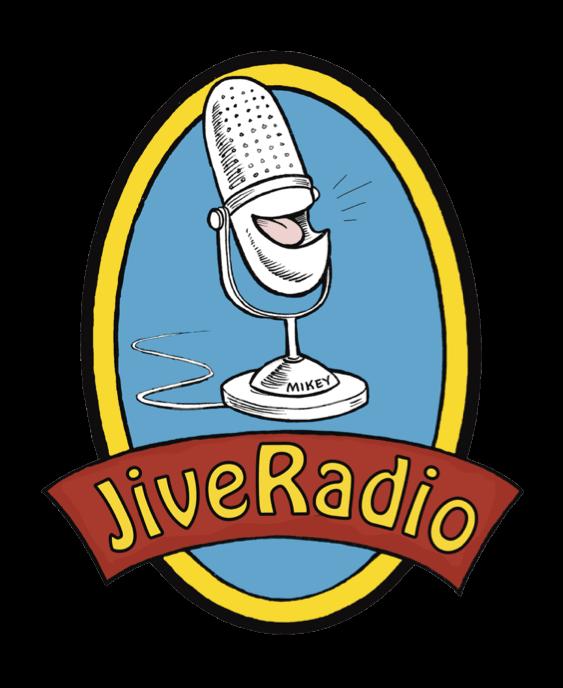
15 minute read
BVD Radio
from March 2023
Truckee Meadows Water Reclamation Facility is the one sign you’ll find that you’re heading in the right direction.

Advertisement
As you follow the road up the side of the mountain, you may feel like you’re heading out of town. As you wind up and around, in less than a mile, you’ll see the sign for the Huffaker Hills Trailhead at the entrance to its small parking lot. You can’t miss the sign; after this point, the road becomes a private road for the water reclamation facility.
Part of the Washoe County Regional Parks and Open Space system, this easily accessible trailhead has a few minor facilities: A handful of covered picnic tables stand adjacent to the parking area, and a portable restroom or two is often available in the summer (though they were removed during the COVID-19 crisis, with no estimated replacement date as of this writing). A map of the trails system stands off to one side, orienting you with the mosaic of paths crisscrossing the hills before you.
Exploring these trails, you’ll discover views in many directions. Reno spreads out below— unless you’re on the side overlooking the wetlands and neighborhoods of Hidden Valley. Small valleys you may never have known existed suddenly become visible, filled with native plants and wildlife.
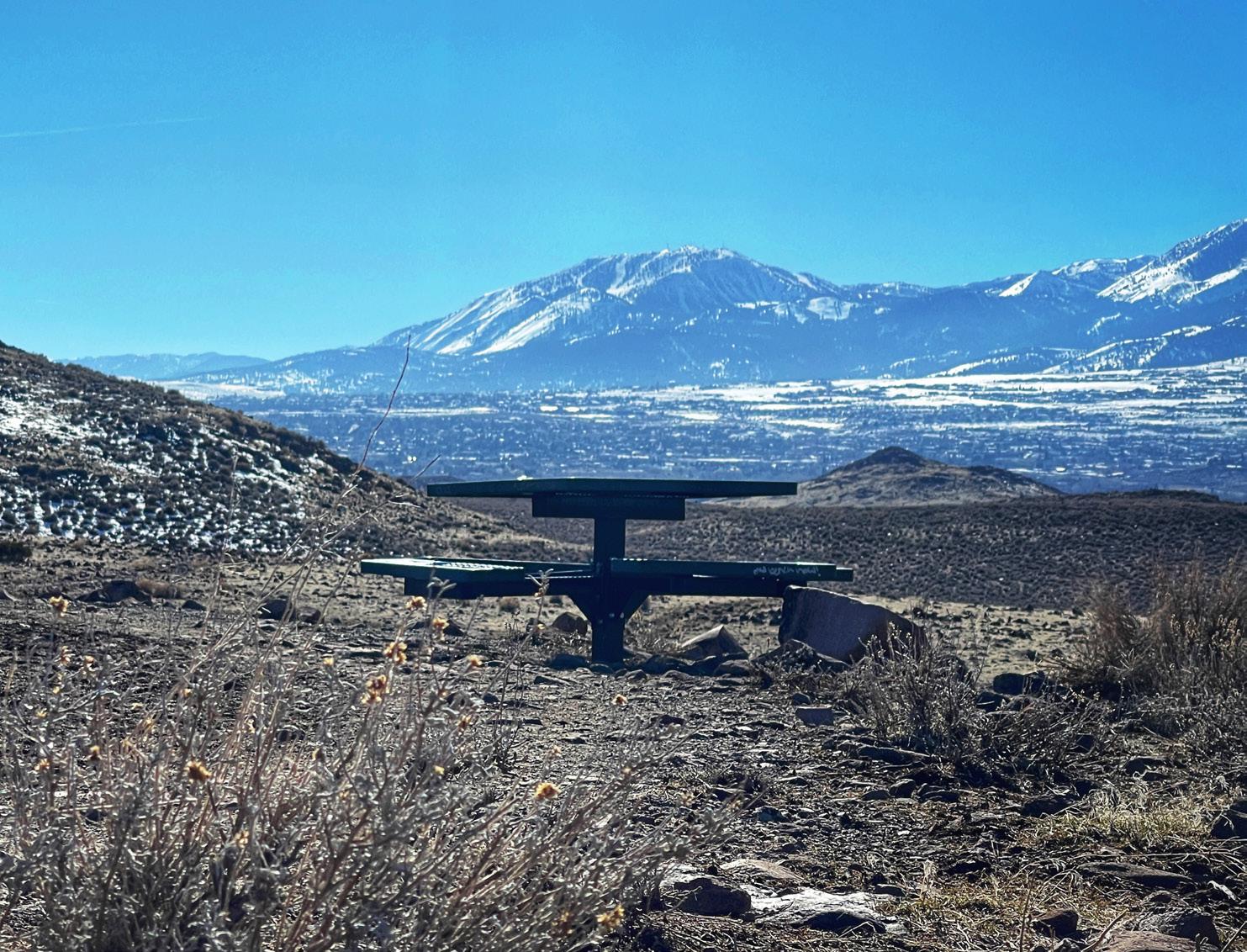
Several signs point out some of the most iconic flora and fauna, such as spring flowers and year-round wildlife. A visit around sunset may include sightings of people-shy jackrabbits and sounds of distant coyotes. Wild horses can often be spotted from above Hidden Valley— and even the view overlooking the water-reclamation facility is interesting to discover.
On the opposite side of Alexander Lake Road is the unmarked entrance to Rattlesnake Mountain. Though there is no signage, it’s easy to see the trails splitting and converging on their way to the top of the mountain. This side is a particularly popular spot for people to walk dogs on a nice day.
Getting to the top of Rattlesnake is doable for people at most skill levels, and it doesn’t take a terribly long time. The top of the mountain is often bathed in cool breezes and offers a great vantage point to watch planes taking off from the airport. You may even spy your house, depending on where you live!
Neither Huffaker Hills nor Rattlesnake Mountain offer any trees for shade along your route. This makes it a very hot hike on a summer day, but one of the quickest routes to melt after a snowfall. Though it can get muddy, plenty of rocks keep most of the trails in the area walkable—as long as you’re OK with getting some mud on your shoes.
The sun hits these slopes early and lingers late, making it a great option for sunrise and sunset hikes, as the exposed trail is easy to see and follow. With so many options to create your own hike length and difficulty, it’s also a family-friendly spot and an easy place to visit over and over again, as you can choose a slightly different route or direction each time.
This approachability and the proximity to town make Huffaker Hills and Rattlesnake Mountain perfect for a quick stop just about any time of day. Whether you’re looking to break up a tedious commute home in rush-hour traffic, or enjoy a quick jaunt after lunch, these county-managed lands offer a close respite from the city.
If a wormhole in time
vacuumed up everyday objects used by people during the last 150 years and deposited them, willy-nilly, inside a two-story house in Reno, the result would be Reno Antiques.
Carpentry tools, frying pans, cooking utensils, hand-cranked meat grinders and piles of iron wrenches that may have been last used to repair a Model T Ford vie for space on the first floor. Stacks of casino ashtrays, poker chips, decades-old Reno souvenirs, novelty liquor bottles, books and other random items are crammed on shelves and stacked atop vintage furniture. A phalanx of kerosene lanterns is in tight formation on top of an oak dresser. A ceramic bourbon bottle—in the guise of a grizzled Nevada prospector—presides over a rack of military tunics. Beer signs, plaques, vintage photos and paintings share space on the walls.
Everywhere, in every room, the detritus of the past is displayed inside Reno’s last free- standing antique store.
Reno Antiques is the domain of Doug Schuster, 73, who has been buying, selling and trading (mostly) American artifacts for a halfcentury. His business weathered the changing tastes of antique collectors, multiple economic recessions and the rise of internet auctions. He continues to hunt for common objects and unlikely treasures at estate auctions, flea markets, garage sales—and among the objects brought by sellers who visit his shop at 677 S. Wells Ave.
It’s all about the connections, past and present, person to person.
“It’s been fun,” Schuster said. “The people are the main thing for me rather than the stuff. Whether they are homeless people or multimillionaires, I learn from every one of them. … I’ve got lots of regular customers, and people from all over the country—all over the world—have stopped in here. I’ve become friends with some of them.”
The items Schuster buys may stay in the shop for a long time or be purchased within days of arrival. Things pile up fast.
“It’s a mess,” he said. “I’ve got the buying part down; I need to work on the selling part. … I keep saying, ‘I’ll clean this place up. Someday, you’ll come in here, and this (front) counter will be clean.’”
A customer, who has known Schuster for a long time, laughed. “Bullshit,” he said. On various days in February, a steady stream of folks dropped by the shop. Some came to see what has arrived since their last visit. Others came to hunt for specific items or just to browse in a space brimming with curiosities, surprises and, most importantly, memories.
Stephanie Baumgardner of Reno, a regular customer, looked at boxes of old kitchen products and tableware. “I see so much stuff I remember from childhood,” she said. “The antiques bring back those memories for me.”
Baumgardner buys “yard stuff, household stuff or whatever clicks. … This is one of the best antiques shops ever,” she said, as she walked the narrow spaces among the piles of Schuster’s inventory, waiting for connections. “The item has to talk to me. I just look around and wait for something to pop out. I could really get stuck in here. I have to talk myself into leaving. All this stuff has meaning; they all have stories, even if you don’t know what those are.”
She said she prefers the eclectic cacophony of Reno Antiques to the neat, shiny feel of antique malls. “In here, you know that things have been used, and everything has had experiences,” she said. “It’s all history. It’s all amazing. I think I could write a book about the stuff in here.”
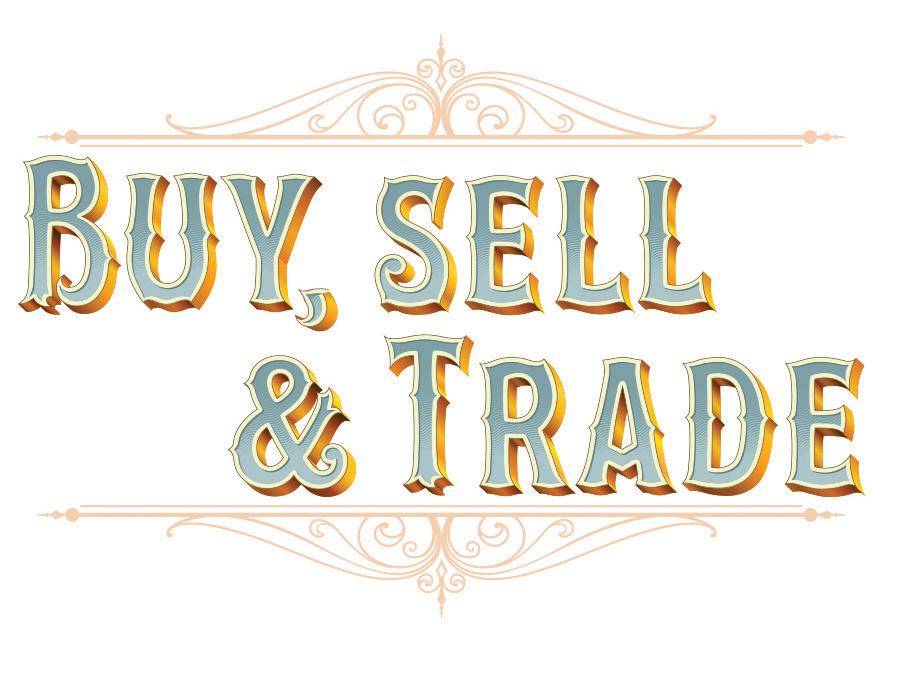
People make connections that wind through time and space.
“Some people collect specific things, but a lot of the people who come in are looking to recapture something they remember or wanted from their childhoods,” Schuster said. “They’ll say, ‘I always wanted one of these,’ or, ‘My grandma had this exact vase.’ It’s about nostalgia and childhood dreams.” of being a soldier. In 1966, at age 17, he joined the Marines. He arrived in Vietnam as an infantry machine gunner, a job whose life expectancy in combat was measured in minutes. He beat those odds and saw the horrible reality of war.
He returned to civilian life in 1970 and got married two years later. In 1974, he got a job as a furniture refinisher in Mound House. Schuster sanded and stained dressers, highboys and tables; he reupholstered sofas and chairs and learned the values of the pieces.
“I always liked the old stuff,” Schuster said. “I’d buy something and then sell it before the rent came due. We were raising two boys. It helped feed my family.”
In 1975, he opened Reno Antiques at 501 S. Wells Ave.; he moved to the current location in 1977. In the early days, he was open for business seven days a week and offered a 24hour buying service. That came in handy in a town where people moving across the country stopped for a night and tried their luck in casinos. Sometimes they went bust and had to sell things for travel money.
“I’d often see them twice,” he said. “Once for the jewelry and then, when they lost the money they got for that, they’d call me again to take a look at the stuff in the U-Haul.”
In the 1970s and 1980s, Schuster traveled regularly, making the rounds of antique stores, flea markets, estate sales and thrift stores across the U.S. “I’d even drive down country roads and knock on doors and ask if they had any antiques they wanted to sell,” he said.
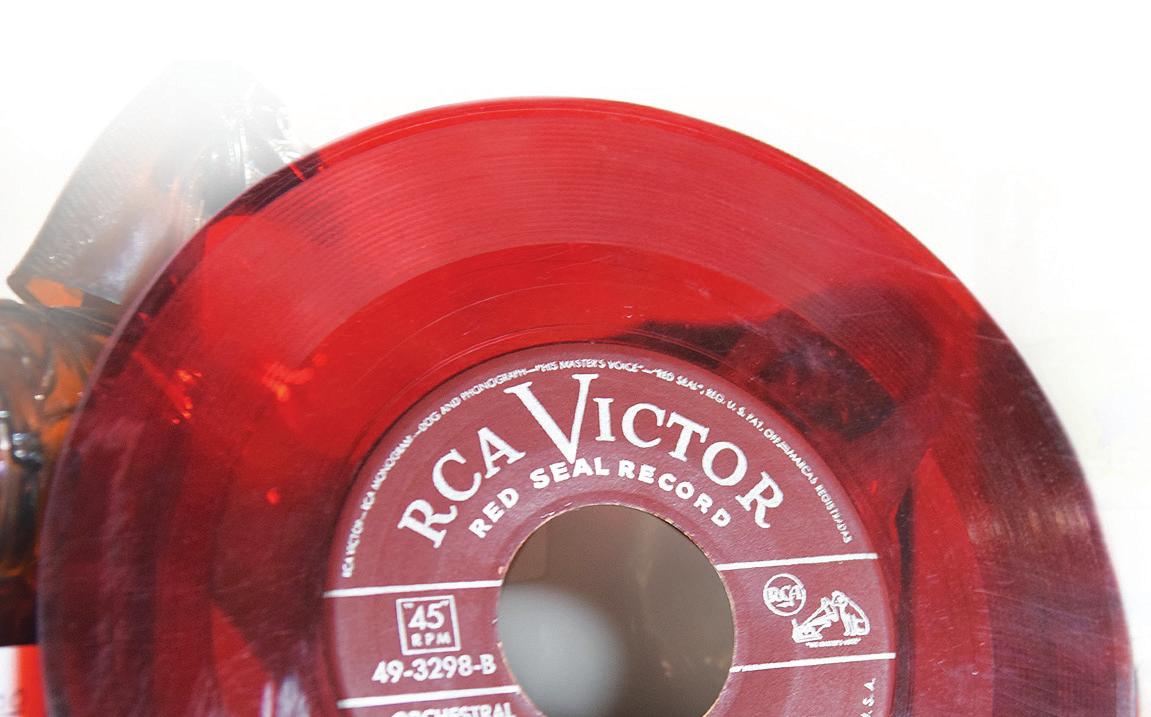
Over the decades, though, a lot of his inventory also has come in through the front door.
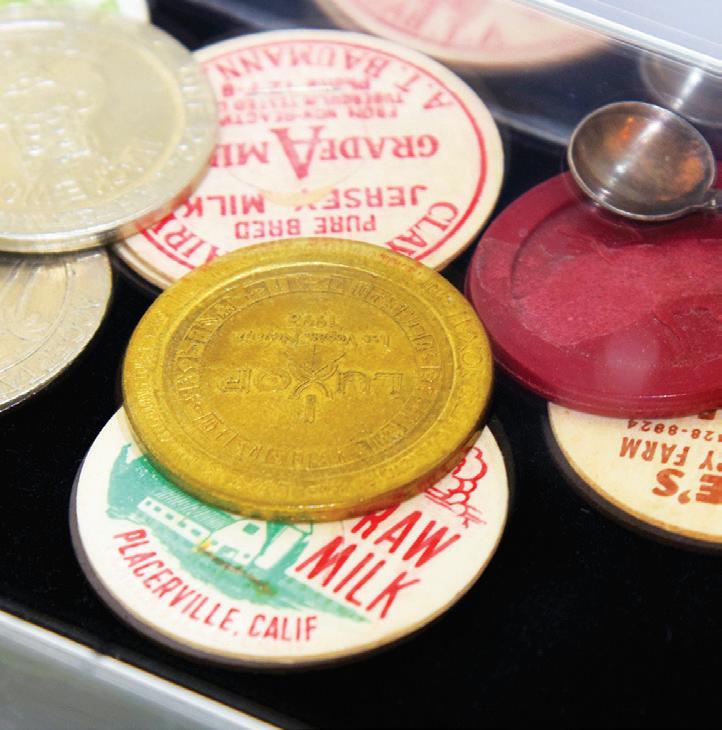
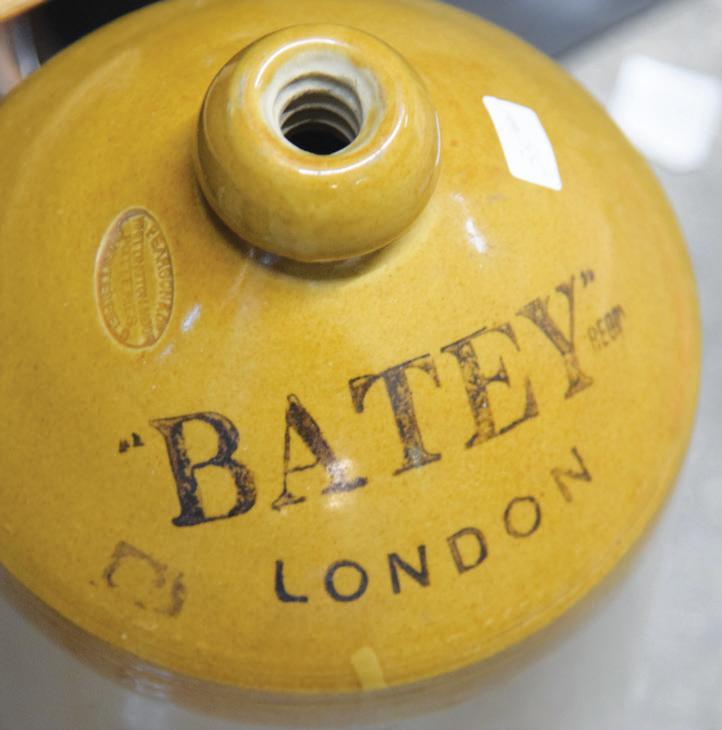
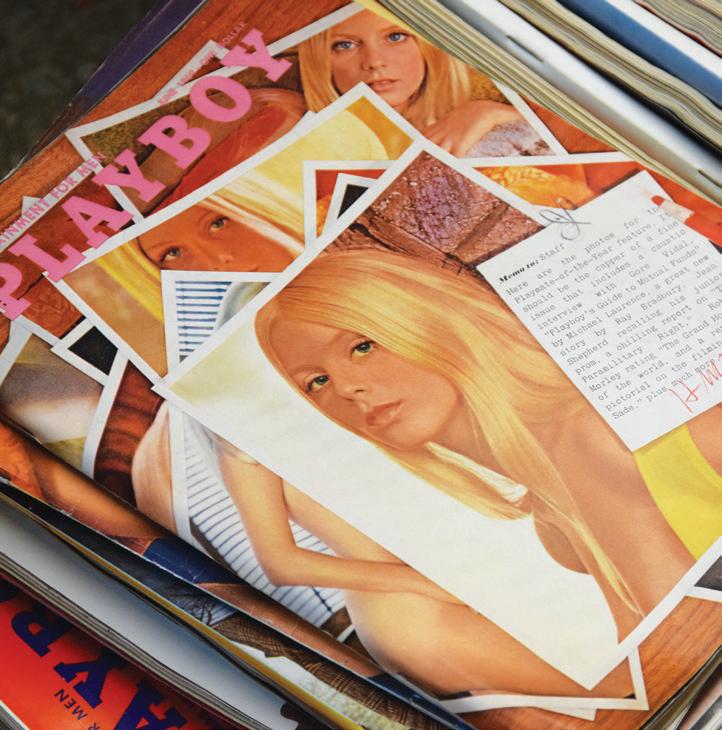
“Great things have come in here over the years,” Schuster said. “From a 15th-century armor to a meteorite to a Ben Franklin newspaper page. Every week, there’s something cool that comes in the door, and that stuff usually goes right out again.”
The business has changed a lot in 50 years. “The baby boomers’ parents died off, and the boomers are scaling down, de-cluttering. Younger people don’t have the interest in the 100-year-old antiques. When generations die, markets also die. But it has been a good living for a lot of years.”
Each item for sale has a tag or sticker. Prices range from a few dollars for household items to more than $1,000 for rarer objects, like the large bronze Pony Express plaque offered for $1,275. “I always paid as much as I could to get (pieces he wanted) in the door,” he said. Schuster prices things to make a little profit on each, he said. “I depend on the volume of sales and treating people fairly,” he said. “I never mean to make a killing on anybody.”
Schuster, like all antique dealers, has occasionally paid too much for an item. When that happens, he gets what he can out of the piece rather than hanging on to it in the hopes it will appreciate. “I want to get it out of here fast,” he said. “I’ve bought something for $100, realized I’d made a mistake, and sold it to the next person coming through the door for $40. The faster you cover that mistake and get that money rolling again is what’s important. I’ve seen people sit on things waiting for them to be worth more to recoup what they paid for it. Every one of them goes broke.”
“Some people collect specific things, but a lot of the people who come in are looking to recapture something they remember or wanted from their childhoods. They’ll say, ‘I always wanted one of these,’ or, ‘my grandma had this exact vase.’ It’s about nostalgia and childhood dreams.” turn of the 20th century, as well as some neon beer signs. The shop’s inventory, Vic Fabbri said, “changes all the time. We come in about once every few weeks. You won’t find a nicer guy than Doug.”
Schuster said a steady stream of locals and tourists visits the shop on the three days a week it’s open. “Spouses come in when their husbands or wives are gambling. We get famous people sometimes; Kid Rock came in twice. You never know what you are going to find in this mess. It’s not in any order; it’s just what comes through the door.”
— Doug Schuster owner of Reno Antiques
He keeps track of what various antique and vintage pieces are selling for and the trends in collectables. The age of an object doesn’t mean much on its own.
“Just because it’s old, that doesn’t mean it’s valuable,” he said. Rarity, condition and market demand always come into play. One cast-iron frying pan might be worth $25, but a Griswold #13 skillet can command more than $8,000. Oak furniture was popular (and expensive) for decades, but that market cratered years ago. Even so, some vintage pieces are still in demand.
Customers Vic and Sharon Fabbri of Reno, for example, are fans of mission-style furniture. Their purchases have included an oak mission-style desk and a walnut dresser from the
There is no list or catalogue. Schuster’s inventory is filed in his head. His system is simple: He remembers where he put things down. As other antique stores closed, and antique malls have moved around the Truckee Meadows as properties were sold and rents skyrocketed, Reno Antiques has stayed put.
“If I didn’t own the place, I probably would be out of business by now,” Schuster said. “The rent in Reno is so high; it stops people from opening. You have to sell a lot of stuff just to make rent.”
The shop is a barometer of economic trends, he said.
“In a business like this, where you buy and sell and trade, you’re on the front lines of the economy,” he said. “You know what’s going on. Back in the day, I’d get a lot of workingclass people in here who had some extra money and would buy things they remembered from their childhood. You don’t see that as much anymore. They don’t have that disposable income; it’s pretty sad.”
His business was once a 24/7 effort, but these days, Reno Antiques is open from Thursday to Saturday. Schuster, who has had three heart attacks and two strokes, said he may retire when his shop turns 50 in two years. But he’s planned to call it quits before—and nothing came of it.
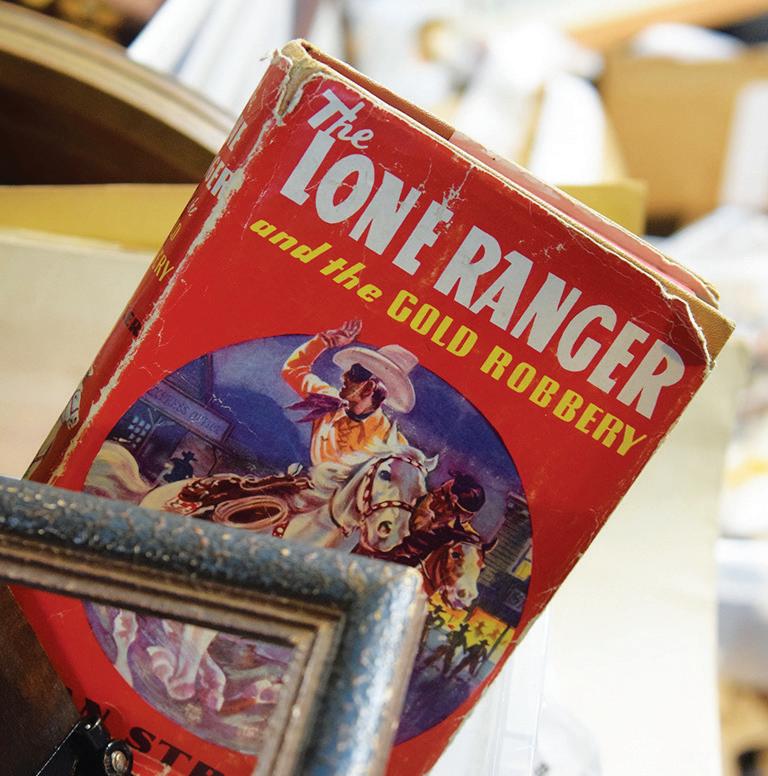
“I believe if you’re working, it’s good for the mind, and the body will follow the mind,” he said.
If he closed the shop, Schuster said, “I’d miss the people. But I’ve had fun here. … I didn’t get rich, but I made a living—and a lot of friends.”
Decades ago, roadside antique shops dotted Northern Nevada’s landscape, from Reno’s north valleys south to Douglas County.
Many baby boomers and their parents collected everything from Victorian furniture to European figurines; from toys to casino memorabilia. Antique buffs prowled local shops in search of treasures and items missing from their collections. But as those generations aged, their offspring had less interest in the 100-year-old artifacts. Economic recessions also took a bite out of peoples’ disposable incomes and tanked the value of many collectables.
Then came the Web, which allowed collectors and antique enthusiasts to shop anywhere in the world without leaving their homes. Prices of some collectables came down when objects thought to be extremely rare were suddenly common online. Tastes changed; store rents skyrocketed. Stand-alone antique stores faded away.
Yet the business remains viable. Many brick and mortar shops became online stores. When rents soared, others leased space in antique malls. Boutique shops specialize in vintage clothing and retro items. Younger people may not want to collect oak furniture or 1950s Formica tables, but because of their beauty and sturdy construction, many would rather use those pieces in their homes than furniture made from laminated particle board. People buy art deco items and 1960s kitchen ware not for display, but to be used.
“The internet changed the antique business forever, but it isn’t going anywhere,” said Mark Scott, a retired antique dealer from Douglas County. “It’s changed, and you have to bob and weave to make money, but the (demand for antiques) is still there.”
National trends are favorable: a recent survey by Homes & Gardens indicates Americans’ interest in antique stores rose 50% in 2021, while the number of antique auctions increased 80%.
In the Truckee Meadows, antique collectors and browsers who prefer hands-on shopping over surfing internet auctions have many brick-and-mortar businesses from which to choose.
Antique, vintage and retro
The Nest, a boutique at 201 Keystone Ave. in Reno, has found its niche in the antique and collectables market by specializing in vintage items that are about 25-30 years old, as well as “retro” pieces—classic styles made modern.
Gregory Belle Jr., The Nest’s manager, said his customers are all about style. Patrons come in looking for vintage clothing, including old denim, cardigans and Victorian-style gunnysack dresses.
“Bell bottoms are always in style,” he noted. “And people like cardigans, from sweaters to sweater vests.”
CorningWare, Pyrex, old Tupperware and living room and kitchen furniture also are popular items.
“This stuff was made really well,” Belle said, referring to a kitchen table made in the 1960s. “No plastic went into this. It looks as good now as the day it was made.”
Other vintage items find new life: Apple or milk crates become book cases; cigar boxes can be used to store art supplies, jewelry or other small items; vintage clothing can be worn right off the rack.
“It’s about style,” Belle said. “Fashion and function.”
Junkee Clothing Exchange, at 960 S. Virginia St., specializes in vintage clothing and costumes, but also has a 15,000 square-foot antiques section called Chasing Yesterday that features repurposed furniture, collectibles, gifts, dolls, jewelry and decades-old antiques.
Tanner’s Marketplace hosts antique shows at the RenoSparks Convention Center five times a year; they attract local dealers and vendors and customers from all over the West. The next Tanner’s Marketplace is scheduled for May 20-21.
Randy Hallahan’s R&H Novelty and Antiques, at 1403 S. Arlington Ave. in Reno, specializes in antique slot machines from the 1920s to the 1960s. He also deals in antique gumball and vending machines, jukeboxes, player pianos and clocks.
A new antiques mall is slated for what was formerly an adult bookstore at 1052 S. Virginia St. It will be the third antique mall in the Truckee Meadows.
Treasures in the malls
Phillip Grundhauser, who owns Somewhere in Time antique mall at 1313 S. Virginia St. in Reno, became interested in antiques as a boy, when he accompanied his mom to flea markets. He began by collecting American coins and matchbooks, and started dealing in antiques online—mostly toy trucks and World War II military items—about 20 years ago. Ten years ago, he bucked an industry trend by opening a brick-and-mortar antique mall that now boasts 15 vendors.
“The internet changed the business; there’s not much you can’t find online,” Grundhauser said. “But there’s still life left for stores. People still want to look, feel and touch, especially when it comes to antiques and collectables, and you can’t be sure of what you are getting online. And people still want that antique-store atmosphere. We greet you, help you, and we know about what we’re selling. We don’t have quite everything in the mall, but darn near.”
Then there’s that sense of discovery that can only come from browsing among hundreds of items.
“It’s a hunt; there’s always that possibility of finding an unexpected treasure,” Grundhauser said. “When people come in to browse, very few walk out empty-handed. There’s so much here that something catches their eye and gives them another idea.”
The browsers often are folks from the baby boomer generation, he said. Younger patrons sometimes come in looking for items they remember from their childhoods, he said, but a lot of times, “they want to find something they think is cool. They are looking to save things from the dump.”
Their mindset, Grundhauser said, is centered on repurposing, recycling and reusing old items. “They get into the retro stuff and make it into something else. I see a lot of that. They will say, ‘That’s really cool-looking,’ rather than commenting on the age of the items.”
Although the market for antique furniture is a ghost of what it was 30 years ago, the wooden pieces remain popular, albeit for much lower prices. “People buy the old stuff because it’s well built, beautiful, and it’s been around for a while— not necessarily because it was made in England in 1854,” Grundhauser said.
The antiques and vintage items at Somewhere in Time don’t need repairs, he said, and customers aren’t looking for an investment. “Now it’s more about using it than waiting for appreciation,” he said. “Our shop makes sure everything in working order, fixed up and ready to go. They don’t want to fix it or rewire it; (they want) to plug it in as is.”
‘Loch Ness Monster’ of gaming antiques
In December 2021, Sharon Nickson and her and her husband, Boyd Cox, opened Antiques and Treasures ROCK Antique Mall at 540 S. Rock Blvd. in Sparks. They had operated the antique mall in the old Parker’s Western Wear building in downtown Reno until the building was sold.
The shop, which is open every day except Christmas and Thanksgiving, specializes in fine art and jewelry and has an extensive section devoted to World War II military items and books. The mall’s 15 vendors offer all kinds of other vintage pieces and collectables for sale, from casino-related memorabilia, to clocks, china, Victorian-era furniture, swords, postage stamps, comic books and vinyl records.
Nickson said people who grew up in the 1980s and 1990s often are interested in the things they loved in childhood, “like Star Wars or Pokémon items, Garbage Pail Kids or the old Nintendos (or) PlayStations and the old games that go to them. … We don’t have a dealer for those right now, but that’s one of the hottest things going on in the market.”
Barbie dolls; high-end sterling silver and gold estate jewelry; and knives and swords also move off the shelves fast, she said, and locals love casino-related memorabilia. The highest-priced item in the mall is the antique equivalent of the Loch Ness Monster, she said, something that everyone has heard about but no one ever sees—a rigged roulette wheel from the 1930s that used electromagnets to cheat players.
“I know what I paid for it, and I know it’s been appraised at $250,000,” Nickson said. “It’s one of a kind, but it comes down to what someone will pay for it, not what someone else says it’s worth.”
The antique business has taken a beating during the last couple of decades, but it isn’t about to go extinct, she said. And the dealers who remain help each other.
“We send each other customers all the time,” Nickson said. “If someone is looking for old tools or other rustic stuff, we’ll send them to Doug (Schuster) at Reno Antiques. For other things, we’ll send them to Junkee’s Clothing Exchange, Somewhere in Time or The Nest.
“If we don’t have what they are looking for, we’re going to try to find it. Whether they are looking for school lunch boxes or vintage clothing or whatever, we’ll help you. We want our customers to be happy.”










